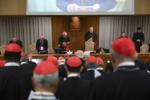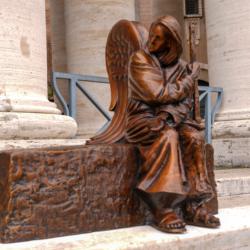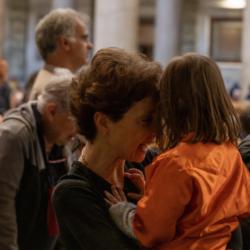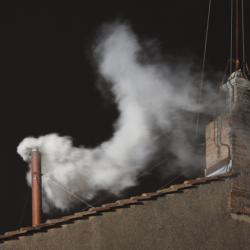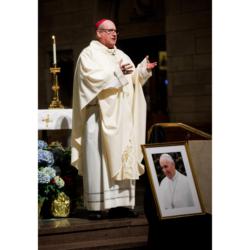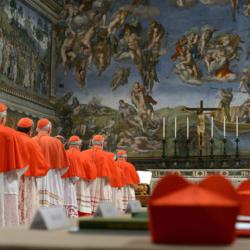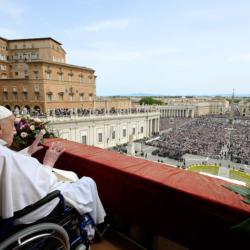The need remains
Reconfiguration is moving forward. To date, 44 parishes have been suppressed, three new parishes have been created and there has been one merger. In addition, a new batch of suppression decrees signed by Archbishop Seán P. O’Malley are published in this week’s Pilot.
Affected parishioners are understandably upset by the closure of their parishes. The archdiocese is making an effort to respond pastorally to those concerns by attempting to convey the reasons that brought the archdiocese to the painful decision to reconfigure its resources. Bishop Richard G. Lennon, special assistant Kathleen Heck and other archdiocesan officials have attended many parish meetings. After the first church occupations began, archdiocesan representatives reached out to begin a dialogue.
At the same time, appeals are being reviewed and the archdiocese is responding with flexibility when substantial new information is available. Furthermore, there is an understanding that some parish communities may need more time to close than was initially allotted. Creative solutions are being crafted to ensure that existing programs continue and congregations can move forward. An external reconfiguration review board has already issued some recommendations and more are expected soon.
Media coverage of the process tends to emphasize its confrontational aspects, particularly in places where a minority of parishioners have decided to defy the closings by occupying their former parish buildings.
We are facing a dispute among brothers and sisters in Christ. This is not a fight for property or over ideology. A few parishioners in a few parishes feel they need to make a statement, a last effort to save their parishes. The archdiocese is patiently trying to get its message across as parish appeals make their way through the process.
One potential consequence of the nonconfrontational approach the archdiocese has taken to the building occupations is that it may convey the impression that, by applying enough pressure in enough places, decisions will be reversed.
Reconfiguration has always been based on real, compelling needs. No one should expect that church occupations are going to change the archbishop’s decisions. The principal factor that led to the initial results of reconfiguration was that resources must be allocated according to the real needs of the Church today and to better serve Catholics in the future. That argument is as compelling today as it was four months ago. Even if the process needs to move at a slower pace to accommodate the pastoral needs of the faithful, that outcome will come to pass.






